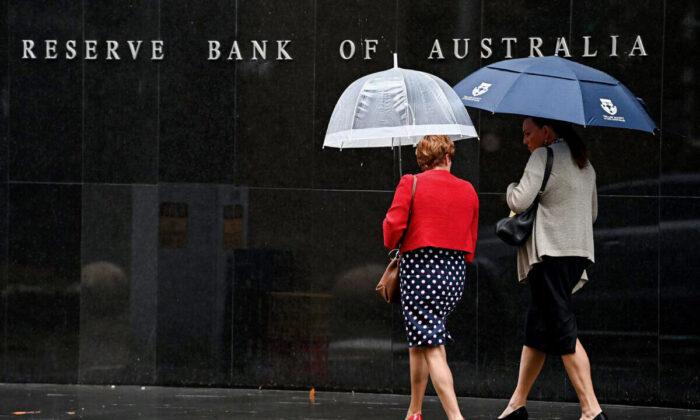The Reserve Bank of Australia, the country’s central bank, has increased the cash rate by a massive 50 basis points, from 0.35 percent to 0.85 percent, with “further steps” to come.
Governor Philip Lowe said the hike came in response to higher-than-expected inflation to “assist with the return” of inflation to the two to three percent target range over time.
“Inflation in Australia has increased significantly. While inflation is lower than in most other advanced economies, it is higher than earlier expected,” he said in the monetary policy decision.
The inflation rate is also expected to increase further with supply chain disruptions caused by COVID-19 and the war in Ukraine accounting for much of the increase.
The 50 basis point hike exceeded expectations, with most predictions ranging between 25 and 40.
Economists unanimously warned that it would be the first of a series of interest rate hikes in order to combat inflation.

On a positive note, Lowe noted that the economy was resilient, growing 0.8 percent in the March quarter and 3.3 percent over the year.
There is also an upswing in business investment and a large pipeline of construction work waiting for completion.
“The resilience of the economy and the higher inflation mean that this extraordinary [monetary] support is no longer needed,” Lowe said.
“The board expects to take further steps in the process of normalising monetary conditions in Australia over the months ahead.”
Prior to the cash rate decision, Treasurer Jim Chalmers said it would be a “difficult” day for homeowners, acknowledging that his prediction of a 0.25 percent hike would worsen cost of living pressures.
He said it was important to recognise that the trajectory of upwards interest rates had been “set in train” for some time.
“Unfortunately, clearly we don’t pre-empt the decisions of the independent Reserve Bank but it is universally expected today that those rates will go up.”
Australian Industry Group said the higher-than-expected increase, while a testament to the strength of the economy, was also a “sober pointer” to the sharp pick up in inflationary pressures.





